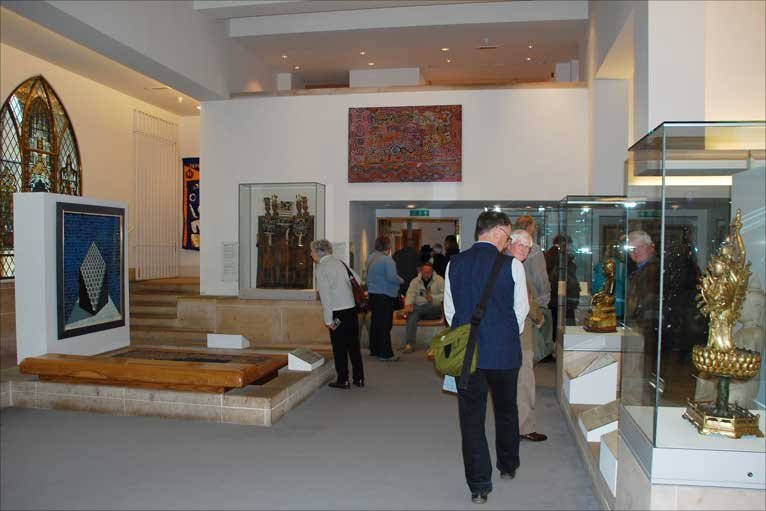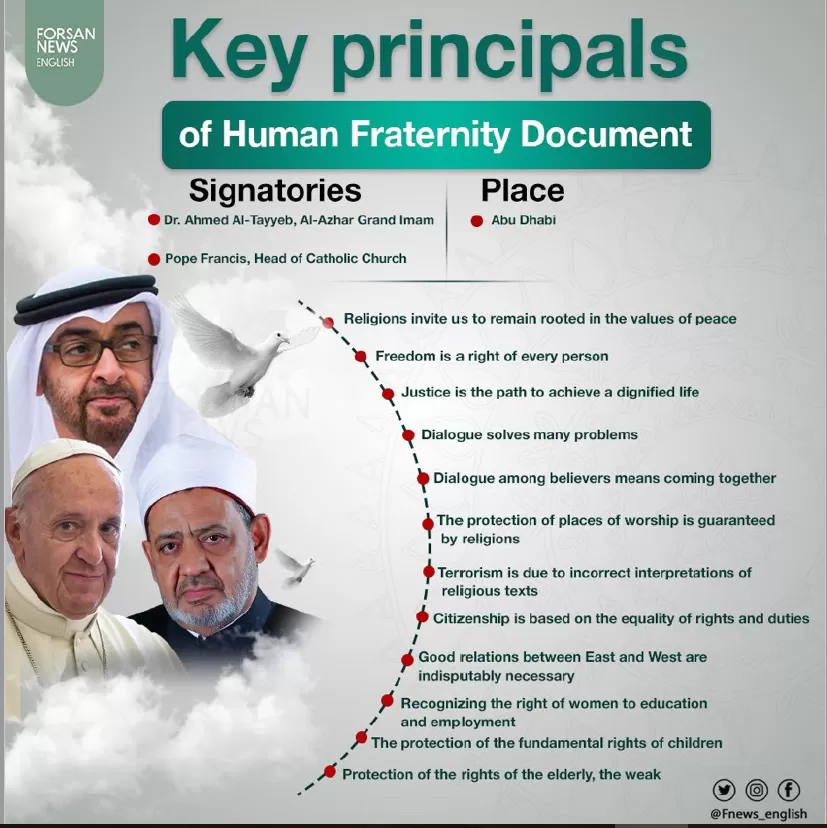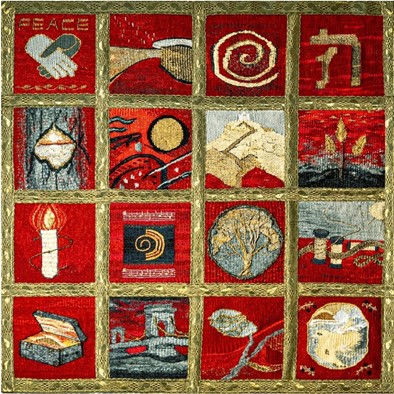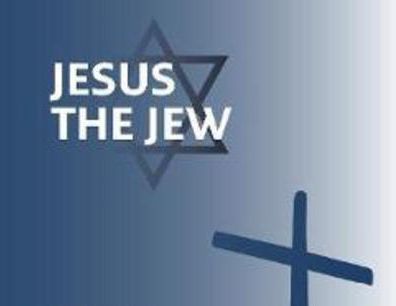Spiritual lessons from Hajj
Beautiful spiritual lessons from Hajj: The journey of a lifetime!
Joseph Victor Edwin SJ
Jul 11th, 2022 (Updated Jul 12th, 2022)
Dear Christian Brothers and Sisters:
Eid Mubarak!
You must be wondering what am I saying to you. I am wishing you a happy feast. I am wishing you a happy feast of sacrifice. Muslims all over the world celebrate a feast called Eid ul Adha which is commonly called Bakrid.You must have heard from your Muslim friends about this feast. Some of you might have even been invited for a meal at their home. One of the five pillars of Muslim spirituality is Hajj: pilgrimage to Mecca. Many of the rights of the pilgrimage are associated with the Biblical patriarch Abraham and Hajj is the heart of the Islamic way of life. You will find a beautiful description of Hajj in the Quran (Q. 22: 26-38).The Quran teaches that a Muslim who has sufficient money and good health must make the Hajj pilgrimage to Mecca at least once in their lifetime.
Every year, during the Islamic month of Dhul Hijjah, five days of the month are designated for Hajj. Before entering into the premises of the Kaaba, Muslims who are performing the Hajj, put on a simple white dress called Ihram, which comprises two pieces of unstitched cloth, one that covers the hip and one that covers the upper part of the body. Women also wear a scarf. This white garment signifies the absolute equality of all men and women before God.
The rites of the pilgrimage are associated with Abraham and the first important rite is called the Tawaf. This means going around the Kaaba seven times in an anti-clockwise direction in remembrance of Abraham and his son Ismael.
The second ritual is called Sayee where the pilgrims run between two hills, Al Safa and Al Marwah. This is to remember Hagar who was shown a spring of water by an angel as she was running up and down the hills to find some water for her child Ismael who was crying out of thirst. The pilgrims then progress towards Mina where they stay the night and next day at sunrise proceed towards the plains of Arafat. This is a very important day as the pilgrims enter into the heart of the Hajj. This is the place where Muslims believe that Adam and Eve were reconciled with God, and where Prophet Muhammad (Pbuh) delivered his final sermon.
Muslims believe that God imposed upon himself the law of mercy (Q. 6: 12) and so pilgrims take advantage of God’s mercy and ask for pardon and forgiveness. This is an intense moment as the pilgrims stand on the plain of Arafat and pray for forgiveness. As they humbly acknowledge and recognise their sins before God, they resolve that, with God’s help, they will not sin again and make right the wrong they have done. In doing this Muslims stand as if they are anticipating the Day of Judgement (Q. 6: 21-31).
Then the pilgrims move to Muzdalifa and spend the night there. After collecting some pebbles, the pilgrims proceed to Mina where they throw the stones at three pillars which symbolically representing satan and so they reject their inner satanic, negative traits and temptations. .
As a Christian reflecting on this Muslim practice of Hajj, my heart is drawn to the Biblical figure of Abraham. Muslims identify their God as the God of Abraham. The Catholic Church in the Vatican II document Lumen Gentium 16 clearly stated: ” … Muslims, who, professing to hold the faith of Abraham, along with us adore the one and merciful God, who on the last day will judge mankind.” it’s a very significant point. The fact that both traditions see themselves as worshipping the God of Abraham shouldn’t be ignored (Paul Hedges).
St Paul in his letter to Galatians (3:6-9) reflects on the quality of the faith of Abraham. “Abraham believed God, and it was credited to him as righteousness. Understand, then, that those who have faith are children of Abraham. Scripture foresaw that God would justify the Gentiles by faith and announced the gospel in advance to Abraham: “All nations will be blessed through you.” So those who rely on faith are blessed along with Abraham, the man of faith.
Abraham is the father of all those who believe, Jews, Christians, and Muslims. Why is he our father in faith? Abraham’s faith consists in obedience and trust. God asks Abraham to leave his home and go to a land that He showed him (Genesis 12). Away from his community, away from his people, clan and culture, he trusted God and left everything to do God’s will. God said that “I will make your descendants a great nation.” This promise from God was made when Abraham was childless. But Abraham trusted God. His son Ismael is sent to the wilderness and God asks him to sacrifice his son Isaac. Abraham was obedient and trusted him. God can raise the dead to life (Romans 4, 24). So, what do we learn from Abraham’s life? He allowed God to be God in his life. Millions of Muslims who perform Hajj every year allow God to be God in their lives. They have tremendous trust in God and His mercy.
Dear brothers and sisters, so Bakrid or the day of Eidul Adha is a beautiful day to reflect on the presence of God in our lives and communities, to reflect on our own sinfulness and our own limitations and seek God’s forgiveness in our lives.
Yours sincerely
 Joseph Victor Edwin SJ
Joseph Victor Edwin SJ
Vidyajyoti College of Theology
Delhi 110 054
INDIA
Spiritual lessons from Hajj Read More »















